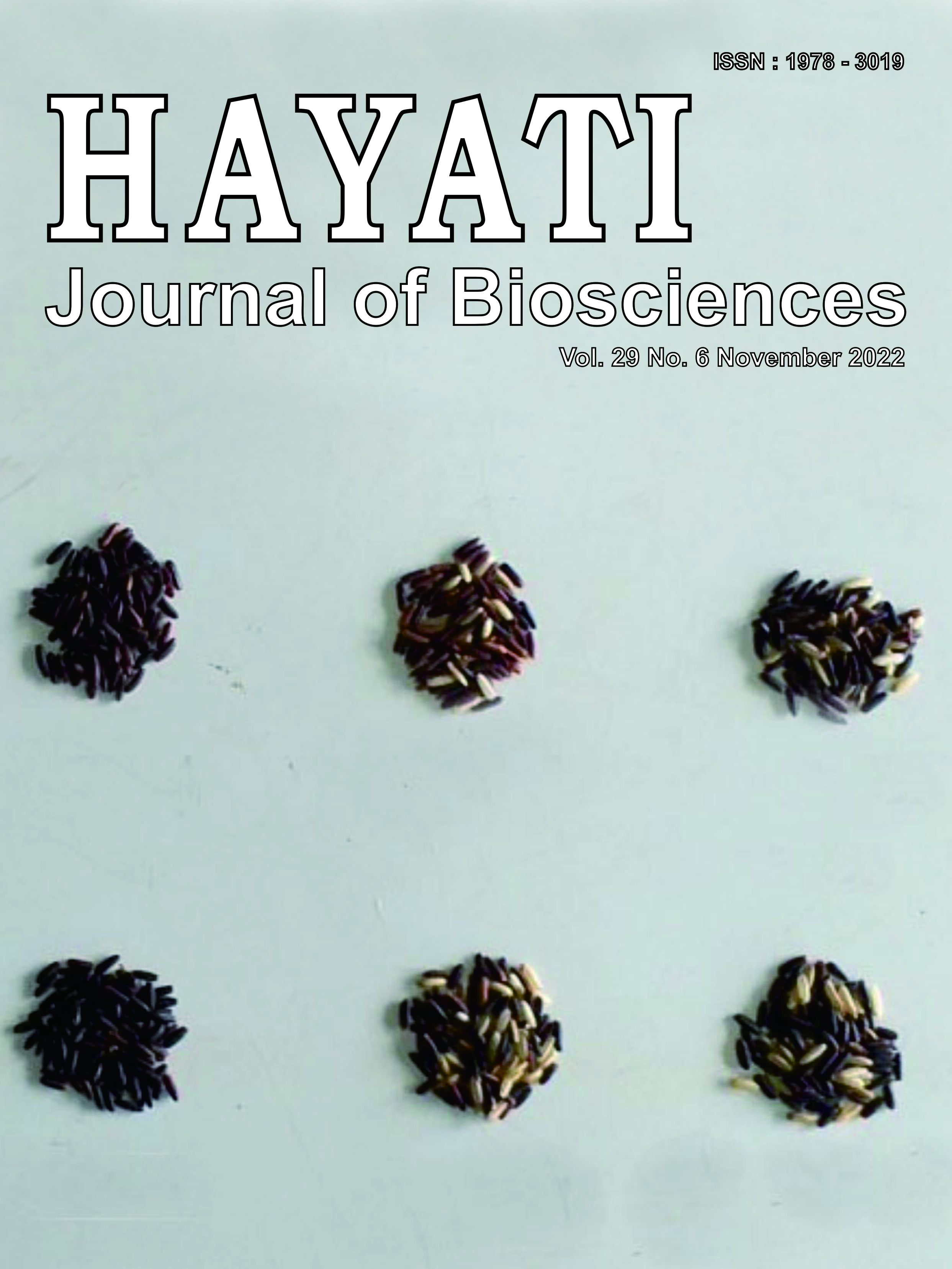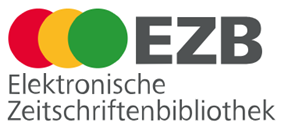Squash Leaf Curl Virus: Species of Begomovirus as the Cause of Butternut Squash Yield Losses in Indonesia
Abstract
Curling symptom was found in pumpkin plants in Bali, and the PCR detection result using Begomovirus universal primers indicated Begomovirus infection. Further research was conducted to determine the distribution, molecular character of SLCV, and yield loss of the pumpkins. Sampling was carried out at pumpkin plantations in 9 districts in Bali. Detection and identification were carried out using PCR method, followed by cloning and DNA sequencing. DNA band with the measurement of 900 bp was successfully amplified from several pumpkin samples from Denpasar, Gianyar, and Buleleng. Homology analysis of nucleotide sequences using the database in GenBank of SLCV of Balinese isolates showed the highest homology and kinship of 97.3-98.4% and 98.4-99.3% respectively with East Timor isolates from pumpkin plants. The phylogeny analysis showed that SLCV Indonesian isolates were in the same group as Asian isolates. The result of this study is the first report on infection and molecular characterization of SLCV in pumpkin plants in Indonesia. The yield loss caused by curling disease on individual pumpkin plants was 56.3%, and the disease caused a decrease in the quality of harvest fruits. Yield loss estimation caused by the disease in fields with different levels of disease intensity ranged from 10.02 to 25.83%. It was equal to yield loss ranging from IDR 878,400.00 to IDR 10,826,400.00 depending on the disease intensity. It is found that the correlation between curling disease severity and yield loss was high.
Downloads
Copyright (c) 2022 Dewa Gede Wiryangga Selangga, Listihani Listihani

This work is licensed under a Creative Commons Attribution-NonCommercial 4.0 International License.
HAYATI J Biosci is an open access journal and the article's license is CC-BY-NC. This license lets others distribute, remix, tweak, and build upon author's work, as long as they credit the original creation. Authors retain copyright and grant the journal/publisher non exclusive publishing rights with the work simultaneously licensed under a https://creativecommons.org/


















.png) IPB University
IPB University Department of Biology
Department of Biology The Indonesian Biological Society
The Indonesian Biological Society 

